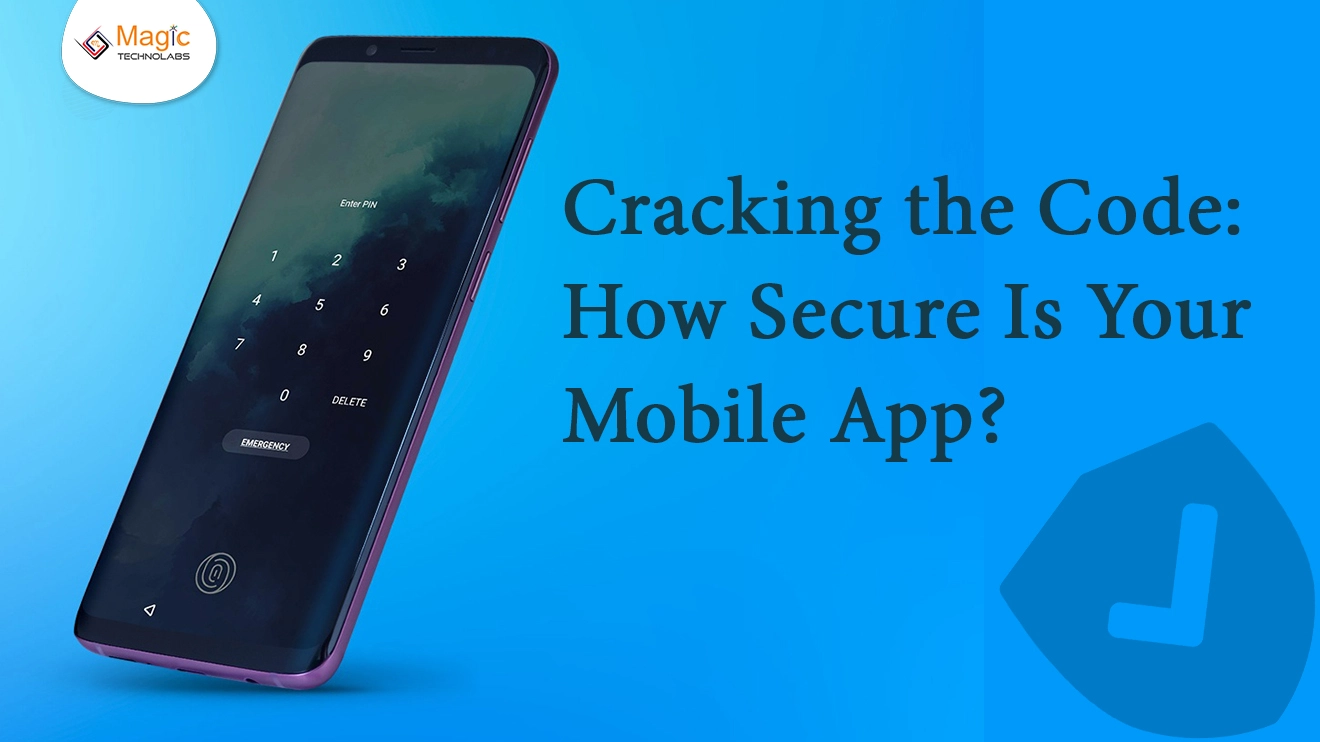In the digital age, where mobile apps have become an integral part of daily life, ensuring the security of these applications is paramount. "Cracking the code" goes beyond developing a functional app; it delves into the layers of security that protect user data, privacy, and overall app integrity.
1. Encryption Protocols: One of the foundational elements of a secure mobile app is robust encryption. The use of industry-standard encryption protocols ensures that data transmitted between the app and servers remains confidential and cannot be easily intercepted.
2. Secure Authentication: The strength of user authentication mechanisms directly impacts the app's security. Multi-factor authentication, biometric verification, and strong password policies contribute to safeguarding user accounts from unauthorized access.
3. Regular Security Audits: Conducting regular security audits is a proactive approach to identifying and addressing vulnerabilities. By simulating potential attacks, developers can fortify the app's defences and stay one step ahead of potential threats.
4. Secure Data Storage: How an app handles and stores user data is critical. Implementing secure storage practices, such as encryption of sensitive information on the device, ensures that even if the device is compromised, the data remains protected.
5. App Permissions: Mindful management of app permissions is crucial. Apps should request only the essential permissions necessary for their functionality, minimizing the risk of unauthorized access to sensitive device features or data.
6. Code Obfuscation: Code obfuscation involves transforming the app's source code to make it challenging for hackers to reverse engineer. This additional layer of protection makes it more difficult for malicious actors to understand and exploit the app's inner workings.
7. Regular Updates: Staying vigilant against emerging threats requires regular updates. Timely updates not only introduce new features but also patch any identified security vulnerabilities, ensuring that the app remains resilient to evolving cybersecurity challenges.
8. Secure Communication Channels: Ensuring secure communication between the app and external servers is imperative. The use of secure communication channels, such as HTTPS, protects against man-in-the-middle attacks and data interception during transit.
In conclusion, "Cracking the Code" is about more than just functionality – it's a commitment to a secure mobile app ecosystem. By incorporating robust security measures, developers can instill trust in users, assuring them that their data is handled with the utmost care and that the mobile app experience is not only seamless but also safeguarded against potential threats.
















